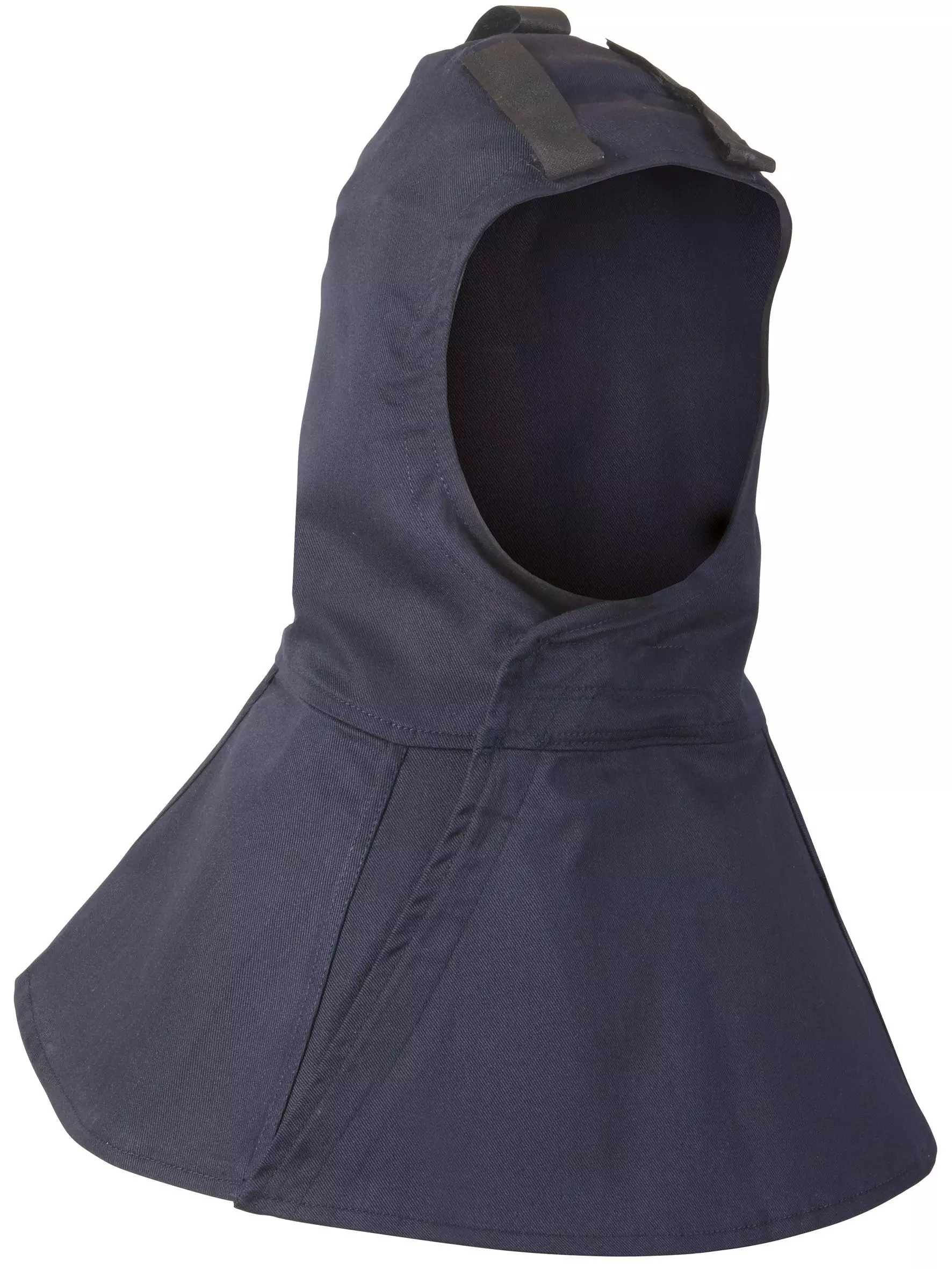
Product description
The PYROCAG is a professional-grade protective hood designed for hazardous industrial environments requiring flame and heat protection. Constructed from flame-retardant fabric with 98% cotton and 2% carbon composition, this 350 g/m² hood provides comprehensive protection while maintaining comfort. The design features adjustable hook-and-loop closures and specialized straps on top for easy attachment to welding helmets, making it ideal for welding applications and environments with thermal hazards.
Product Features:
- Fire resistant fabric with flame retardant properties
- Protective design covering shoulders for optimal protection
- Adjustable hook-and-loop flap closure system
- Hook-and-loop straps on top for attachment to welding helmets
- Soft and comfortable fabric composition
Technical Details:
- Material: 98% cotton and 2% carbon, 350 g/m²
- Antistatic properties from carbon fiber content
- Quality materials with OEKO-TEX® certification
- ISO 9001 certified production process
Standards:
- EN ISO 13688:2013 + A1:2021 (Basic safety standard)
- EN ISO 11612:2015 Class A1+A2, B1, C1, E1 (Heat and flame protection)
- EN ISO 11611:2015 Class 1 A1+A2 (Welding protection)
- EN 1149-5:2018 (Electrostatic properties)
- European Regulation (EU) 2016/425 Category II PPE
Recommended Applications:
- Welding operations
- Heavy industry environments
- Light industry applications
EAN: 3660514103191, 3660514103207
About Hood
Hoods are specialized protective head coverings designed to shield the head and neck while working in controlled environments. These essential safety items feature full coverage with face openings, making them ideal for clean rooms, laboratories, and industrial settings where contamination control is critical.
- Machine Washable
- Heat & Flame Resistance
- Electrical Protection
- Welding
Standards and labels
SINGER Safety delivery terms
Free delivery for all SINGER Safety products
22,41 €
Choose size
Free delivery